
Power and Plenty
Trade, War, and the World Economy in the Second Millennium (Princeton Economic History of the Western World)
Recommendation
Thinking of globalization as a new phenomenon or an inevitable one is all too easy. As scholars Ronald Findlay and Kevin O’Rourke explain in this thorough examination, globalization is neither new nor predictable. In fact, international trade has been a reality for more than 1,000 years and the story of global commerce is one of constant change. For centuries, nations have jockeyed for position, imposed rules and killed each other’s citizens in the name of trade. This enlightening work rewards the reader with a depth of understanding and context. However, it would benefit from a more conversational, less academic tone. getAbstract recommends it to readers who want to see world economic affairs in a broader context and perspective.
Summary
About the Authors
Ronald Findlay is a professor of economics at Columbia University and the author of Factor Proportions, Trade, and Growth. Kevin H. O’Rourke is a professor of economics at Trinity College, Dublin, and a co-author of Globalization and History.








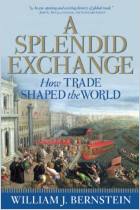
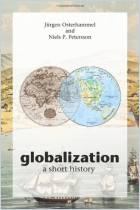
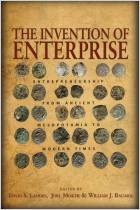
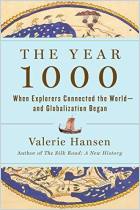
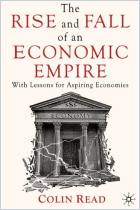
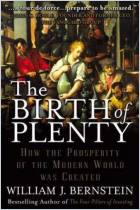

Comment on this summary or Start Discussion